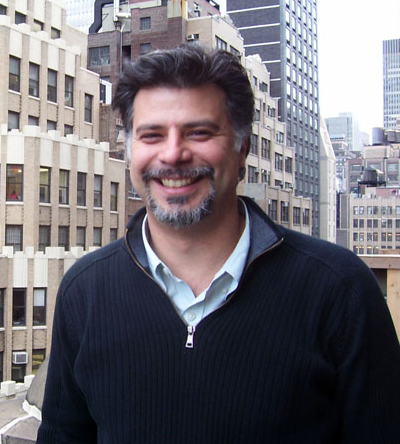
For their Spring 2013 Watershed Science Bulletin, the Center for Watershed Protection interviewed Dr. Franco Montalto about his experience researching, developing, and monitoring green infrastructure within urban watersheds.
Interview excerpt below:
Q: How do you define GI?
A: I define GI broadly as decentralized engineering, enhancement, or protection of multifunctional landscape features. Although the principal driver for, and characteristics of, each GI project will differ based on local conditions, all GI projects provide multiple benefits.
I wear three hats that include practitioner, researcher, and community stakeholder. As a practitioner at EDD, I am typically tasked with developing GI designs that reduce the rate and volume of runoff generated on urban catchments. However, these same designs can also provide new urban microhabitats; become a source of nonpotable water; remove pollutants; or aesthetically enhance a streetscape, alley, courtyard, playground, or park. As a researcher, I quantify how much water directed to specific GI facilities evaporates, replenishes the soil moisture, or infiltrates. These hydrologic processes underlie many important ecosystem services. Urban evapotranspiration, for example, wicks heat away from the city, mitigating the urban heat island effect. By replenishing soil moisture, GI practices can enhance the ability of urban vegetation to sustain prolonged droughts, though they can also create waterlogged conditions that are detrimental to certain types of vegetation. Infiltration can recharge local aquifers but, if promoted in the wrong places, can also create basement flooding problems or otherwise interfere with the functioning of underground infrastructure, such as buried utilities or subway tunnels.
